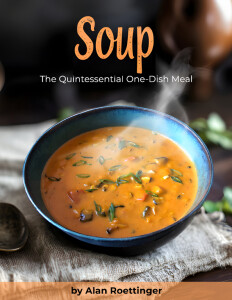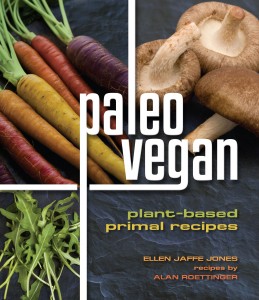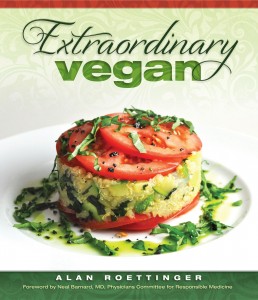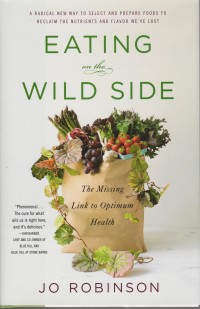 |
| Click to enlarge image! |
Biodiversity in edible plants is crucial to the future of food and to our survival, and the more varieties we can cultivate the better protected we are from blights and famine. But what I really like about biodiversity is the sheer beauty of it–the panoply of tastes, textures, aromas, colors, and shape variations that abound in nature. It’s absolutely thrilling to me as a cook that even after 30-plus years wandering markets and working with food, I’m still coming across new forms of edible plants.
Recently I found a gorgeous variety of watercress I had never seen before–a dark, almost black-looking red leaf with bright green stems and veins. Typically, watercress bunches are fairly worn-looking, since unlike most produce, it lives and grows in water, and it doesn’t last long after being severed from its lifeline. I’ve taken to buying hydroponic watercress for this very reason, even though I much prefer the more potent and peppery leaves of stream-grown cress. This bunch I found was remarkably fresh, so I naturally I snapped it up and used it the same day.
I decided to keep the salad very simple, to showcase the beauty of these unique zinfandel-red leaves as well as their flavor. I paired their slightly bitter taste with roasted golden beets–roasting brings out the sweetness of beets, and concentrates their beetiness.
The dressing needed to be unobtrusive as possible, while still providing a bright foil to set off the two dramatically different ingredients. It was quick and easy. I just whisked together a little sherry vinegar, Dijon mustard, walnut oil, salt and pepper. Once I had carefully tossed and tasted the salad, I decided to add a few walnuts–to provide an extra crunch factor, to add a nutty-bitter-unctuous counterpoint to the peppery-bitter-astringent leaves, and to tie in the walnut oil, which might otherwise have gone unnoticed.
I have to say, a large part of the pleasure of finding and using unusual produce lies in the uncertainty of ever seeing it again, let alone savoring its one-of-a-kind sensual messaging. Gold and precious stones owe their value to the same fundamental element–rarity–but edible plants are among the most ephemeral of pleasures, appearing so brightly on the plate and on the palate, and lasting so, so briefly, very possibly never to return again.
Whether you believe in a wise and kind creator, or in a happenstance existence with no inherent purpose, one thing is undeniable: the chance to be alive as a human being is a most exquisite gift–unsurpassed or even equaled, as far as anyone can see, or even imagine!
.







Can you believe I’ve never had watercress? I’ve always been afraid of it because I figured it would taste like arugala, which I’m not a fan of. But I do LOVE golden beets!!
Well I wouldn’t have believed it if you hadn’t explained that you were avoiding it on purpose. But I think you should try it at least once–it does have a similar peppery note to arugula, but you might still like it (and it’s a superfood, right up there with blueberries, kale and the whole League of Extraordinary Ingredients!). A Salvadorean lady I worked with in Beverly Hills told me every sandwich in El Salvador has to have watercress in it (no idea if that’s really true, but it sounds good to me…)